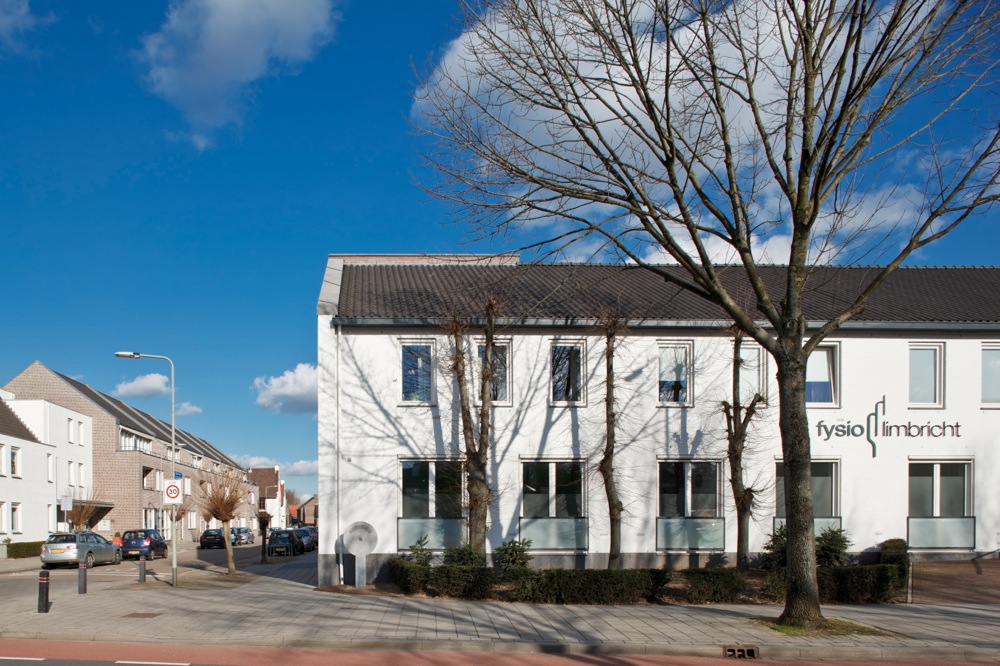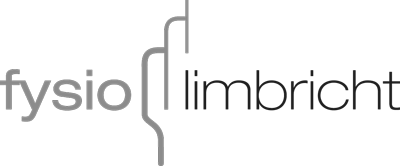The Sime Darby Liberia Concession Agreement: A Comprehensive Overview
The Sime Darby Liberia Concession Agreement was established in 2009 between the government of Liberia and Sime Darby Plantation Liberia (SDPL), a subsidiary of the Malaysian conglomerate, Sime Darby Berhad. The agreement granted SDPL a lease of approximately 220,000 hectares of land, which is equivalent to 2% of Liberia’s landmass, for a period of 63 years.
The agreement was a significant boost to Sime Darby’s palm oil expansion strategy, which aimed to increase its plantation land bank to 1 million hectares worldwide. However, the agreement faced resistance from local communities and civil society organizations, who raised concerns over land rights, environmental preservation, and social responsibility.
The agreement stipulates that SDPL is obliged to invest $800 million over a 2-phase period to develop the concession area, which includes building a mill, planting oil palms, constructing infrastructure, and creating job opportunities for local communities. In return, SDPL would receive preferential tax breaks, export incentives, and an exemption from paying land rent for the first 9 years of the lease.
Additionally, SDPL committed to preserving high conservation value (HCV) of the concession area, which includes the conservation of biodiversity and the respect of indigenous people’s rights. SDPL was also responsible for implementing social and community development programs, such as building schools, providing healthcare, and supporting small-scale farming.
However, the implementation of the agreement has faced several challenges. The most significant challenge was the delay in fulfilling SDPL’s commitments due to the Ebola outbreak that hit Liberia in 2014-2015, which caused a slowdown in economic activities and affected SDPL’s operations.
Another challenge was the conflict over land rights, particularly with regards to the customary ownership of the land by local communities. Some communities claimed that they were excluded from the consultations and negotiations that led to the agreement, and that SDPL’s activities had led to the displacement of communities and the destruction of their livelihoods.
In response to these challenges, SDPL established a Grievance Redress Mechanism (GRM) and a Community Development Fund (CDF) to address complaints from affected communities and to provide financial support for community development projects. SDPL also developed a sustainability policy that includes commitments to respect human rights, preserve the environment, and promote local community development.
In conclusion, the Sime Darby Liberia Concession Agreement is a complex document that outlines the terms and conditions of a large-scale land lease for palm oil production. The agreement has faced significant challenges due to the conflicting interests of different stakeholders, particularly with regards to land rights and environmental issues. However, SDPL has taken steps to address these challenges and to fulfill its commitments under the agreement. The sustainability of SDPL’s operations in Liberia will depend on its ability to balance economic development with social and environmental responsibility.

